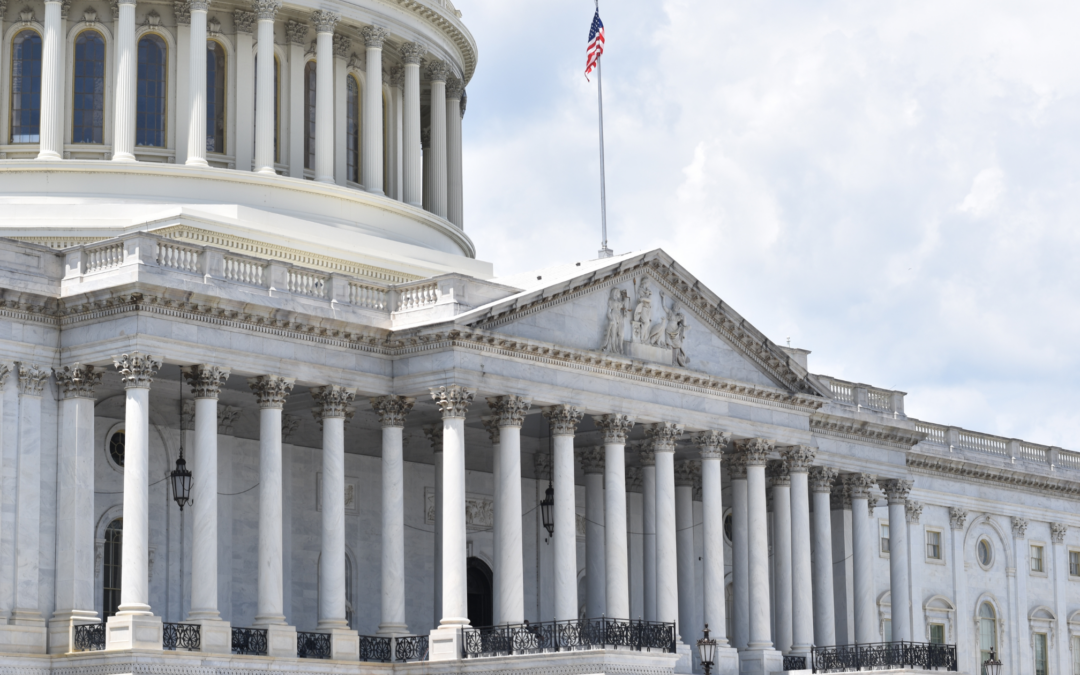As the ongoing government shutdown rapidly crosses historic thresholds, its economic and societal impacts have already become evident. These disruptions have already magnified and, in some cases, redefined the inherent challenges of a full-scale government shutdown, which paralyzes federal operations while interrupting economic activity that extends deep into the private sector. Each closure, whether partial or prolonged, reorders spending, jeopardizes contracts, and shakes financial confidence.
In this sense, the current shutdown’s scope of impact depends on the duration and breadth of agency closures, but the economic ripples reach far beyond Washington.
Federal Operations and Spending Flows
When agencies close, federal payrolls pause, procurement contracts stall, and essential project approvals freeze. Federal employees who temporarily lose paychecks curtail discretionary spending, affecting local economies – particularly in regions with large government workforces. Businesses that rely on federal contracts or grants experience delayed payments and suspended operations, which can quickly strain cash flow and workforce stability. Even short disruptions cause measurable contractions in output, as thousands of transactions between the government and private sector suddenly stop.
Economic modeling of previous shutdowns, such as those in 2013 and 2019, reveals the direct link between halted federal expenditures and declines in quarterly GDP growth. These slowdowns typically reverse once government operations resume, but recovery periods vary depending on the backlog of delayed activities and the level of public confidence afterward. For industries tied to federal funding—defense, infrastructure, research, and healthcare—a prolonged closure can hinder multi-year projects, distort budgets, and alter investment expectations.
Market Confidence and Financial Conditions
Investor sentiment often shifts as uncertainty intensifies. Treasury yields fluctuate when debt service discussions coincide with shutdowns, as investors weigh potential delays in federal payments. Financial markets generally maintain liquidity, yet heightened uncertainty affects risk premiums, borrowing costs, and equity valuations in sectors sensitive to government activity. Consumer confidence also softens during extended closures, reflecting reduced trust in institutional reliability.
Businesses often delay hiring and capital expenditures when fiscal operations appear unpredictable. The private sector, especially small and mid-sized enterprises that contract with federal agencies, encounters difficulties maintaining stability without reliable payment cycles. Financial institutions, in turn, must adjust lending models when their clients’ government-linked revenues remain uncertain. Over time, this layering of caution creates broader drag on growth through tightened financial conditions and reduced private investment appetite.
Long-Term Business and Policy Implications
Beyond immediate losses, repeated shutdowns introduce structural inefficiencies into the economy. The interruption of data collection from federal statistical agencies limits decision-making for businesses, analysts, and investors. Economic forecasting weakens when key indicators (i.e., employment, inflation, and trade data) become unavailable, leaving firms without reliable metrics to guide strategic planning.
Operational delays also affect regulatory reviews and public-private collaborations, which are essential to long-term growth initiatives. Infrastructure projects, environmental permits, and healthcare research all depend on steady administrative oversight. Each pause forces organizations to reassess timelines and costs, reducing the predictability needed for sustained investment. Over time, the economy absorbs not only lost output but also diminished institutional credibility, as recurring shutdowns signal fiscal instability to both domestic and international observers.
Economic consequences of a government shutdown extend through payrolls, supply chains, and market psychology, leaving measurable footprints across both public and private systems. While recovery follows the resumption of operations, the cumulative toll from uncertainty and interrupted activity shapes broader confidence in economic governance.
Appraisal Economics closely monitors these developments, providing quarterly economic reviews that help clients interpret fiscal shifts and their implications. As part of a comprehensive suite of valuation services, these reviews support informed decision-making in an ever-changing and often turbulent economic environment.

